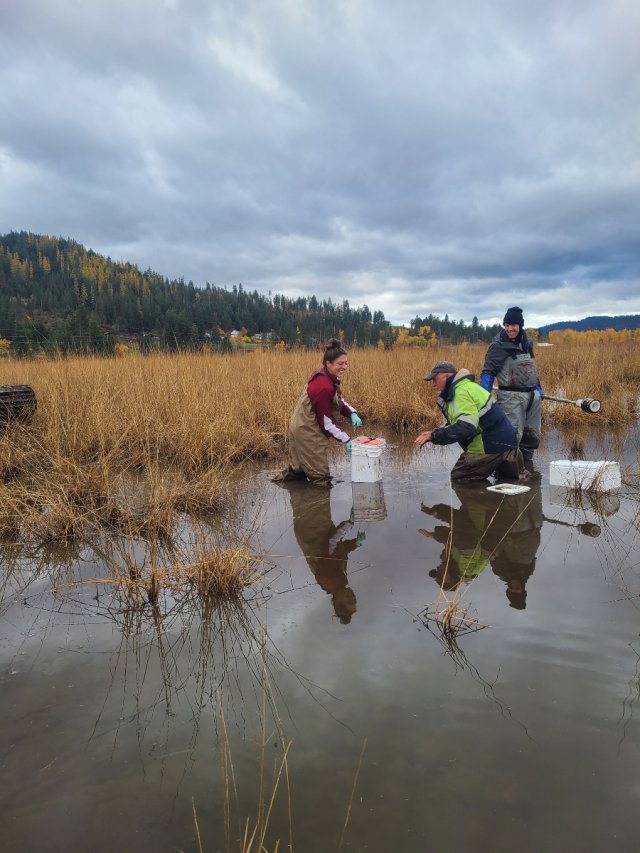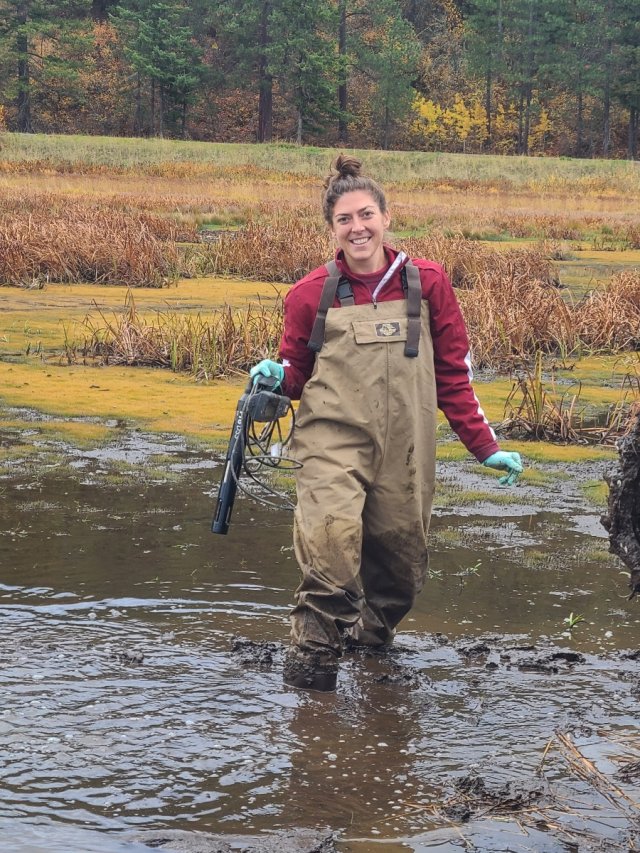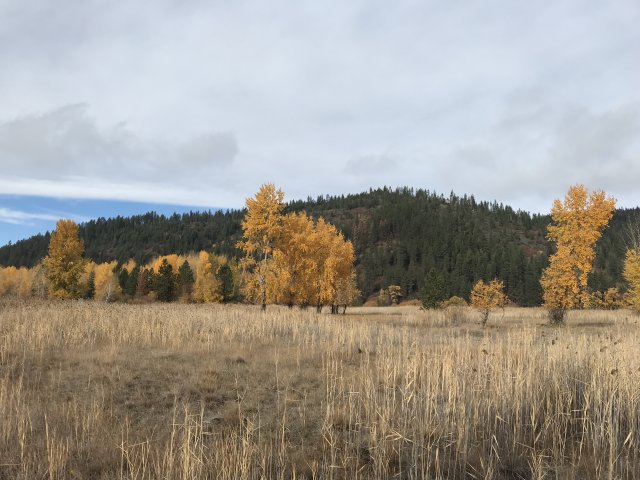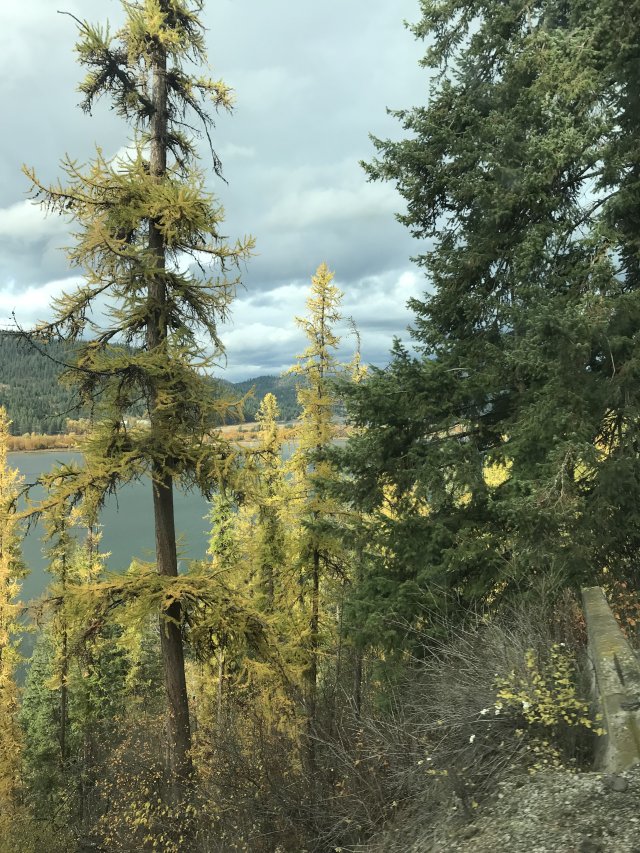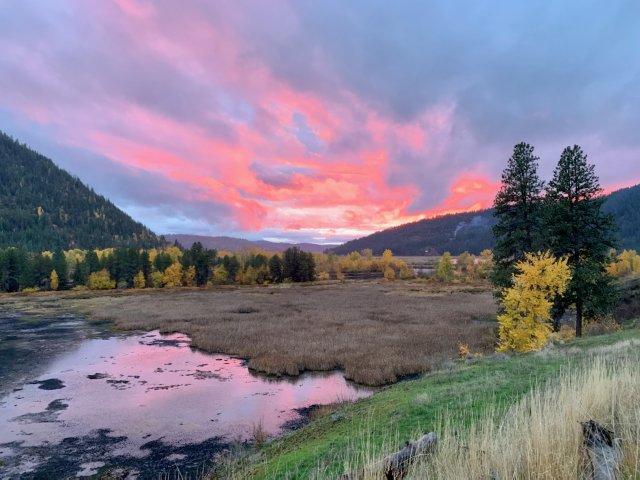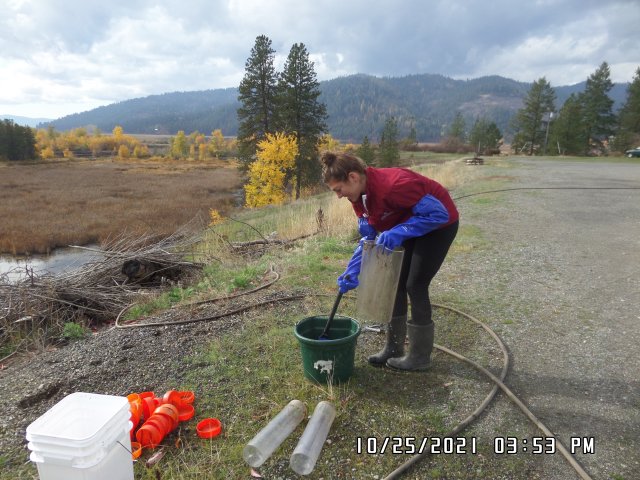In the Field with EPA: Sampling in Coeur d’Alene, Idaho
Published December 13, 2021
The Coeur d’Alene Basin Cleanup—also known as the Bunker Hill Mining & Metallurgical Complex Superfund Site—is located in northern Idaho and eastern Washington, in one of the largest historical mining districts in the world. Mining operations began in the area in 1883 and continue today. Historical mining and milling methods disposed of tailings, the waste materials left after the target mineral is extracted from ore, in rivers and streams. Those practices spread contaminants throughout the channel and floodplain of the South Fork and mainstem of the Coeur d’Alene River. Contamination also comes from large waste piles, waste rock, and past air emissions from smelter operations. Soil, sediment, groundwater and surface water became contaminated with heavy metals such as lead.
The site was first added to the National Priorities List in 1983. Since then, EPA and its partners have made great progress in cleaning up contamination.
EPA researchers recently traveled to Coeur d’Alene, Idaho, to sample pore water, surface water, and sediments from wetlands in the Lower Basin (mainstem) of the Coeur d’Alene River that are contaminated by mine waste. This research supports a site-wide environmental monitoring program that helps EPA project managers understand how the contaminant concentrations are changing and to ultimately decide which type of mitigation strategies to try. Here are a few photos from their sampling trip.
